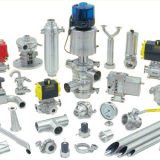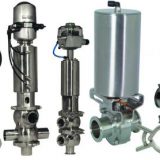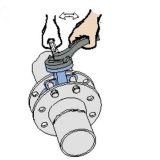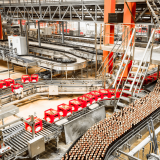Stainless steels have a long history of application in contact with water due to their excellent resistance to corrosion. Applications include a range of conditions from plumbing, potable water treatment and wastewater to desalination. Stainless steels of types 304 and 316 are standard construction materials in contact with water. However, with the increase of the chloride content, higher alloy stainless steels are used, such as type 2205 and super austenitic and super duplex stainless steels.
Stainless steels are widely used in the pulp and paper industry for two main reasons, to avoid iron contamination of the product and its resistance to corrosion to the various chemicals used in the papermaking process. A wide range of stainless steels is used throughout the papermaking process. For example, duplex stainless steels are used in digesters to convert wood chips into wood pulp. 6% of Mo superaustenicides are used in the whitening plant Type 316 is widely used in the paper machine. Stainless steels are widely used in these industries for their resistance to corrosion in both aqueous, gaseous and high-temperature environments, their mechanical properties at all temperatures, from cryogenic to very high, and occasionally for other special physical properties.
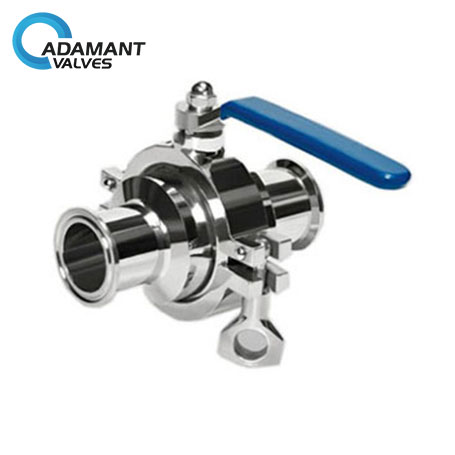
Austenitic stainless steel (300 series), in particular types 304 and 316, is the material of choice for the food and beverage industry, such as sanitary valves and sanitary fittings. Stainless steels do not affect the taste of the product, they are easily cleaned and sterilized to avoid bacterial contamination of the food and they are durable. Stainless steels are widely used in kitchen utensils, commercial food processing, commercial kitchens, brewing, winemaking and meat processing. Acidic foods with high salt additions, such as tomato sauce and highly salty condiments, such as soy sauce, may require higher alloy stainless steels, such as 6% Mo superaustenicides to prevent chloride pitting corrosion.
For more information, please visit http://www.adamantvalves.com
